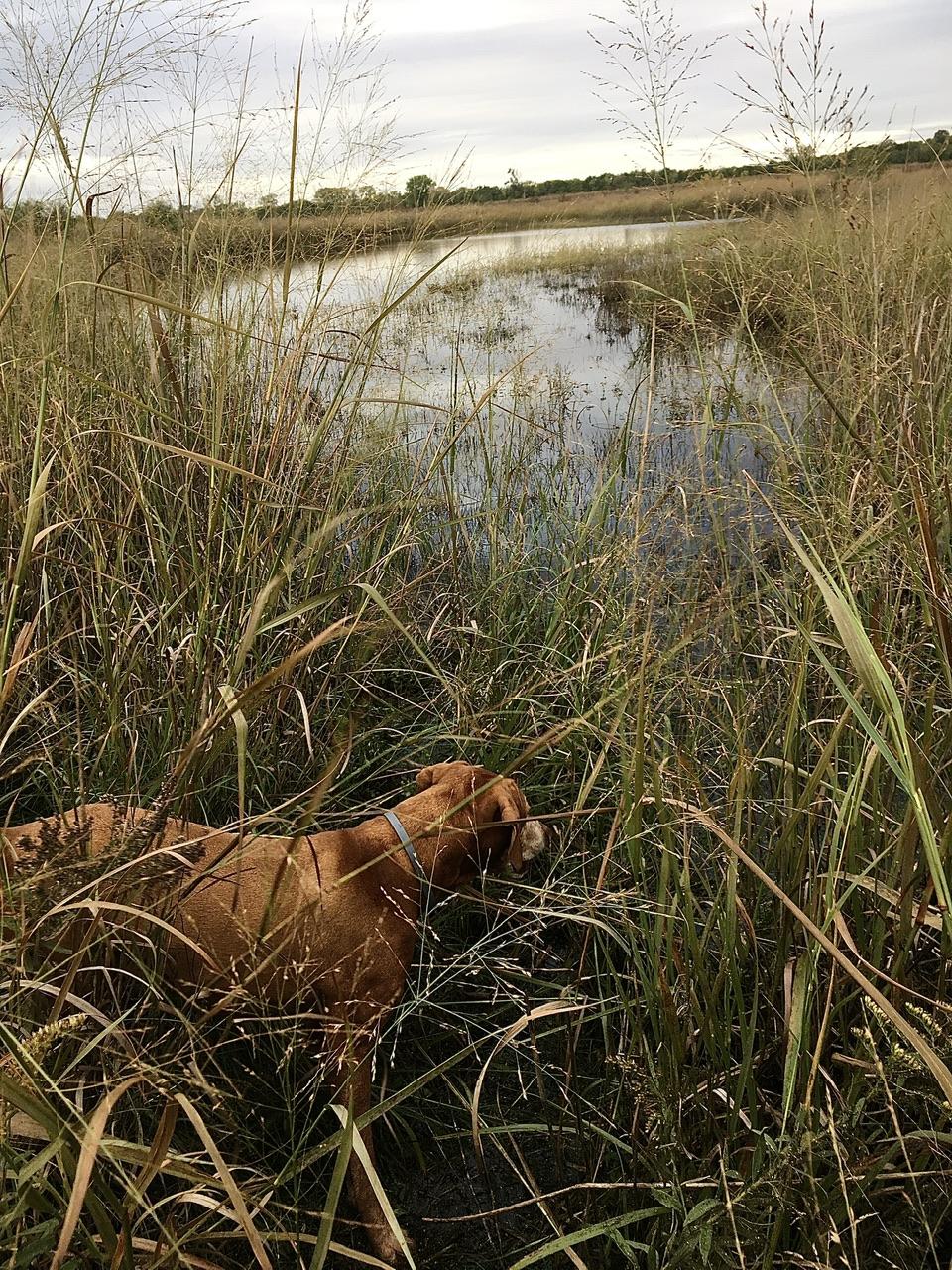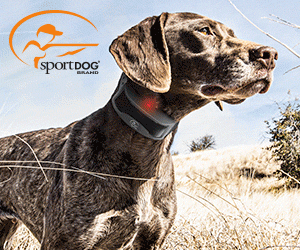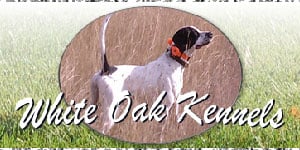A Guide to Exploring Shotguns, Chokes and Shot Size for Hunting the Brown Rockets of the Marsh...
Snipe aka the “Marshdoodle
For those who have never hunted snipe, it’s difficult to describe how frustrating connecting with such a small bird that are champions of acrobatic flight. Snipe are designed to be arduous to hunt. They are impossible to see on the ground. Their camouflaged pattern allows them to morph into very habitat they inhabit. After flushing from underfoot and startling hunters, snipe immediately engage into their erratic flight patterns. The brown mottled bird wobble back and forth while the snipe hunter vainly empties their shotgun without ever hitting a feather. To cap it off, snipe fly high into the sky and disengage their afterburners when they are safely out of range only to circle back and drop back down on the far side of where they flushed, taunting hunters.

Snipe hunting is pretty basic as hunters walk around in the mucky water of marshes, sloughs, and flats waiting for birds to suddenly flush. It’s not uncommon for pairs or trios of snipe to catapult from the ground. This reason alone maybe be why snipe aren’t popular gamebirds.
To connect with flying snipe, good shotgun fundamentals are in order and trust me there will be plenty of repetitions – and the opportunity to shoot a lot of shells.

I have yet to feel comfortable in telling bird hunters what shotgun to use in any wing shooting situation. With that being said, I’m not going to start and tell anyone what gun should be carried into the marsh and neither should anyone else. Snipe hunters should choose a gun with weight, barrel length, action, etc. that they are comfortable with and have confidence in. When a gun fits all those requirements, then the “perfect” gun has been found. But I am going to offer some suggestions for a shotgun that would be ideal for hunting snipe.
GAUGE. In my experience, I shoot a 12 gauge over-under and it has been the best all-around shotgun for snipe. This is largely based on when I’m hunting snipe, I’m likely to flush a ring-neck rooster hiding out on the edge of some cattails or jump up some loafing ducks. I got to have enough oomph to knock down those bigger birds. However, there have been times when only snipe, are flushing from my feet. How I compensate in those situations is by carrying lighter loads and LOTS of them!
Does that mean a stacked barreled twelve-bore is better than a sixteen or twenty-gauge pump or semi-auto? Not at all. Anything a twelve can do a twenty and sixteen can do every bit as well and sometimes better. The 16 and 20 are a good compromise between their relatively smaller size and weight, while still being an effective and lethal snipe gun combined with proper choke selection and a good choice of shotshells. Pumps and semis will give shooters an extra shell to try to bring down snipe. Remember if hunting snipe in established wetlands and marshes, hunters will be limited to having a plug in their shotguns just as they would be if hunting doves or ducks as these birds fall under the Federal Migratory Bird Regulations.

Those that are adventurous and confident in their shooting ability, it is possible and not uncommon to hunt snipe with a shotgun smaller than a 20 gauge. I can see smiles from those lively lightweight 28 gauge and .410 owners. Weight is going to the biggest difference at the end of the day when carrying a little five-pound wood and metal thunderstick.
In my opinion under certain conditions such as distance, it will be difficult to efficiently kill snipe.
If the 28 lacks the ability for long flushes and flights, then the .410 certainly will too unless shots are reasonably close. Don’t let my opinion discourage anyone from choosing the last two shotguns, as I have clearly stated each has an opinion and preference. Do take into consideration that when choosing the best shotgun gauge, that it is able to sufficiently kill snipe when hunting these little brown rockets of the marsh.
CHOKE. Who knows how you shoot better than you? Nobody. Consider that if you are a slow and deliberate shooter that is quick to the snap, then more choke may suit you better. What if the cover is thick and shots of twenty-five yards are common, then a heavier gauge and more open chokes would be more appropriate in dropping snipe.
IC/Modified choke combination seems to be the norm when hunting snipe, no matter the shotgun and gauge used. Does that mean it’s the best? No. I’ve hunted with shooters who carry pumps and autos choked with skeet to modified. Snipe habitat could include wide open pastures, which will lead to longer flushes and high passing shots. In this case, I think more choke is better than less choke. Other areas where snipe will be hunted include marshes, sloughs, wetlands, willow swamps, wet meadows, and along rivers and ponds as well as soggy agricultural fields. The environment where hunters will find snipe will dictate the choke used.
Hunters should spend far more time trying to be ready for a flushing mottled brown snipe than worrying whether they have the correct choke combination. Choke is important but what works for one hunter may not work for another using a different shotgun and gauge combined with experience and knowledge.

SHOT SIZE. When selecting the ideal shot size for shooting any feathered upland quarry, it requires several factors in determining the ideal shotshell to ensure a successful kill. Details that should be factored in include the size of the game bird and the distance shots are most likely to be taken at, and where the bird will be engaged in, should be taken in to account. Snipe are small birds and like doves and quail, probably do not take a whole lot of pellets to knock ‘em down. They however will startle bird hunters as they flush from underfoot and then mesmerize them with their acrobatic flight patterns, juking in and out of the airspace and flying low then high up into the sky.
Snipe hunters shooting a 20, 16, or 12 gauge can load up with # 7 and 7 ½’s and even 8’s. Backing those up with a six is a good idea to reach farther out. In simple terms, any shotgun and load combination one likes and works for them will kill snipe effectively at the maximum range at which they’re intending to shoot. A good tip is to check the shotgun used for snipe hunting at various distances to get an idea of how effective the pattern is with certain loads.
An important note to snipe hunters is that in most ideal places where the bird is found, steel, non-toxic, or Bismuth will only be allowed to be used when hunting snipe.
A SNIPE CONCLUSION. Snipe are fragile birds. In the end what gauge is used, the type of action, choke, and loads are ALL personal choices and are influenced by personal feelings, need, and experience. The information I have provided is based on personal experiences and should leave the snipe hunter with some ideas but not absolutes as to what to use. For me to claim which shotgun and choke and load combination is the best is not for me to decide. Hunters should use a shotgun they have confidence in using and connecting with on snipe. Different tastes make hunting and shooting far more exciting than if we all shot the same shotguns.
Oh, and did mention to bring lots of ammunition. A box or two would be the minimum; three is better.
Related Aritlces
Hunting Those Cold, Wet Winter Days in the Fi
We had parked a half-of-mile down the road. A couple of dozen roosters stood idle in the field. They resembled tiny black checkmarks from a distance against the white backdrop. Every once-in-a-while some would scoot in and out of brush piles and thickets. The snow had covered the land. Tufts of yellow grass were scattered across the field. Most of the grass had been covered by the snow. With no where to hide, the birds found refuge in what little cover they could find. This meant flocks of pheasants sheltering up together out of the elements. A small woodlot seemed to be providing roosters a place to get out of the wind and cold. According to the map the public parcel included an adjacent field of sorghum.
Quail…Are They Still Around?
You betcha! Well, at least in Kansas. Talk of the good ol’ days are annoying, because they’re here!






















